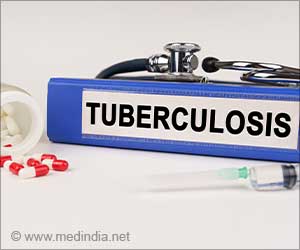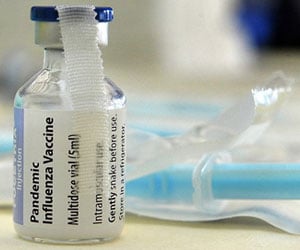Ultraviolet lights could reduce the spread of tuberculosis in hospitals and waiting rooms by up to 70 percent, according to a study published on Tuesday.
Even dangerous drug-resistant strains of the disease were neutralised by the bluish light source, the study found.Every year, over nine million people are infected with tuberculosis and nearly two million die, mainly in poor countries, according to the World Health Organization. Infection rates are especially high in prisons, hospitals and shelters.
Sneezing or coughing sprays TB bacteria into the air in tiny droplets that can infect visitors, health care workers and other patients.
''When people are crowded together in a hospital waiting room, it may take just one cough to infect several vulnerable patients,'' said Roderick Escombe, a researcher at Imperial College London and lead author of the study.
Escombe and colleagues tested the impact of UV lighting on the transmission of tuberculosis from infected patients to guinea pigs, exposing three groups to ventilated air inside of a TB-HIV ward in Lima, Peru.
One group of animals were also exposed to UV light, while another was housed in an enclosed space ventilated by negative ion-generating air purifiers.
Advertisement
A single shielded ultraviolet ''C'' light hanging from the ceiling -- with a fan to mix the air -- disabled the bacteria by damaging DNA so they could no longer infect people, grow or divide.
Advertisement
TB strikes mainly in poor countries that lack resources to diagnose, isolate and rapidly treat patients. Drug-resistant TB is also much more common in the developing world.
Introducing UVC light is not expensive: a typical UVC ceiling light costs around 350 dollars (275 euros), and replacement bulbs cost about 25 dollars (20 euros) each, the researchers said.
''The lights must be set high enough to ensure patients and health workers are not overexposed,'' cautioned co-author Catherine Noakes from the University of Leeds.
''To be most effective, ventilation systems need to create a constant flow of treated air down to patient level, and potentially infected air up towards the lights,'' she said.
Source-AFP
SRM












